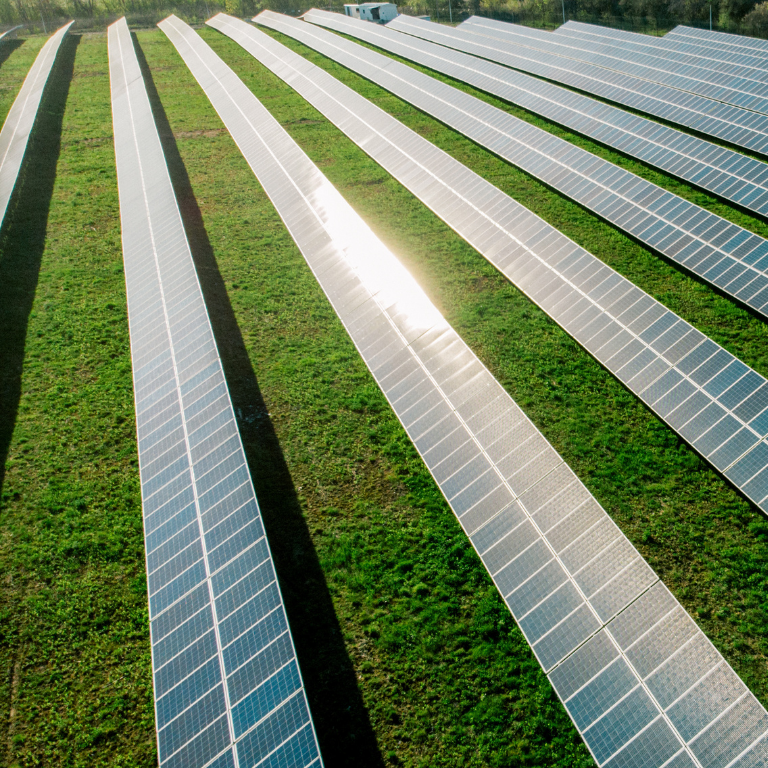Climate change and sports is a tightly woven relationship. Rising temperatures, extreme weather events, are having a big impact on sport. The sport sector must adapt to safeguard its infrastructure and sports facilities. Sports organisations would be wise to consider effective sustainability initiatives. They have a responsibility to contribute to global climate change goals, such as the Paris Agreement.
Risks of the Changing Climate for Sports Organisations
Sports organisations face a myriad of climate-related risks that can significantly impact their operations. These risks can be broadly categorised into physical risks, which include:
- Extreme weather: More frequent extreme weather events can disrupt sporting events. For instance, you may need to postpone or relocate major events due to adverse weather conditions. This can lead to financial losses and logistical challenges.
- Rising temperatures: As global warming continues, rising temperatures can affect athlete performance. Sports organisations must consider how extreme heat can impact sport participation.
- Rising sea levels: Coastal sports facilities are particularly vulnerable to rising sea levels. Flooding and erosion poses a significant threat to the infrastructure of sporting venues. It's wise to create long-term plans and investment into climate resilience.
The impact of extreme heat on sports
One of the most pressing climate-related risks facing the sports industry is extreme heat. High temperatures can lead to heat-related illnesses among athletes. These illnesses affects their performance and safety. Sports organisations must apply measures to mitigate these risks, such as:
- Adjusting training schedules to avoid peak heat hours.
- Providing adequate hydration and cooling facilities during events.
- Educating athletes and staff about self-care and the signs of heat stress.
By prioritising athlete safety and well-being, sports organisations can foster a healthy culture. This enhances the overall experience for everyone involved. This attitude can also inspire sports actors to support climate action.
The future of sports for climate action
Sports organisations should adopt a strong climate action framework. This minimises the environmental impact of sporting events and promotes a more responsible and sustainable future for the sports industry.
Key strategies include:
- Investing in sustainable infrastructure: Upgrade sports facilities to be more energy-efficient. This can reduce your carbon footprint.
- Promoting eco-friendly practices: Encourage fans to use public transport. Reduce single-use plastics at events and implement recycling programmes. These practices are great ways to improve sustainability.
- Engaging in community initiatives: Collaborate with local communities about the environment. This strengthens their emotional connection with sports and contributes to broader climate goals.
It’s estimated that globally, football produces approximately 64-66 million tonnes of carbon dioxide equivalent (tCO2e), according to research by Scientists for Global Responsibility. Football alone has a lot of power to lead positive change in reducing carbon emissions. Such a large industry could even inspire action globally toward carbon neutrality.
Understanding climate-related risks is essential for sports organisations. By taking proactive steps, the sports industry can lead the way to achieve climate goals.
This ripple effect can influence society at large. It encourages participation in climate action and fosters a sense of responsibility. As the world faces more climate challenges, sports organisations can lead by example. Sport has a unique way of bringing people together. This creates endless opportunities to unite us all to protect nature and life on our planet.
To find out more, please speak to your Marsh advisor or email marshsport@marsh.com.


